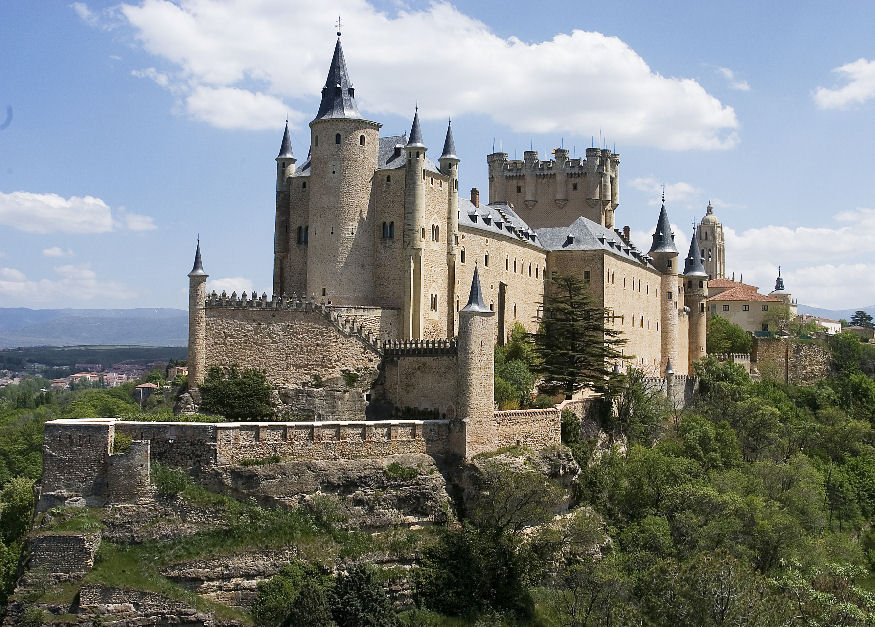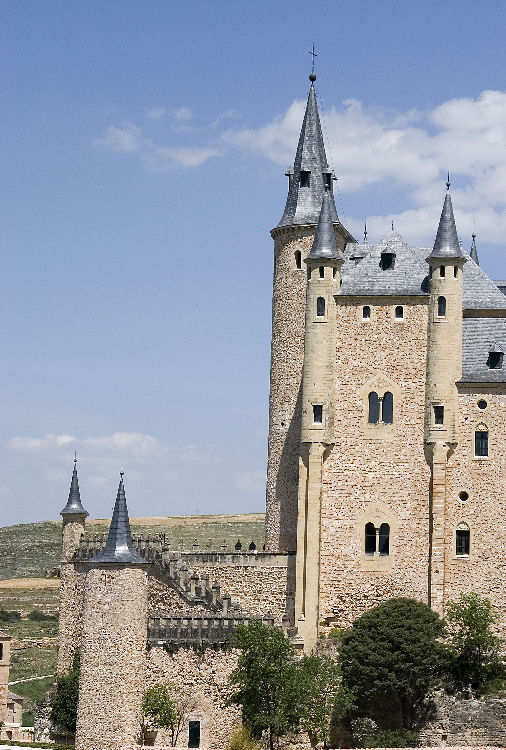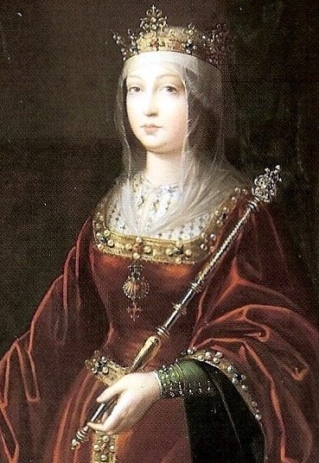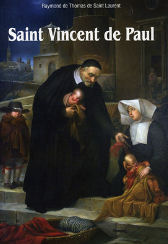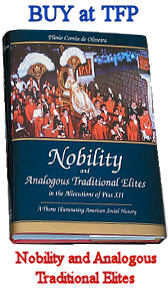At the beginning of August, 1476, what threatened to be a serious rebellion broke out in Segovia, during the absence of the governor, Andres de Cabrera, now Marquis of Moya. The malcontents, whose disaffection had been roused by his appointment of certain officials, succeeded by a ruse in gaining entrance to the citadel and seized the deputy governor, the father of Beatriz de Bobadilla, while the rest of the garrison were forced to take refuge in one of the towers with the Infanta [princess] Isabel.
The Queen, warned by messengers, came in haste from Tordesillas and found the city in confusion, all but one of the gates being in the hands of the insurgents. The latter begged her not to enter by the gate of San Juan, which remained faithful to Moya, nor to take with her Beatriz de Bobadilla his wife nor the Count of Benavente his friend, as such actions would be bitterly resented by the mob. To this Isabel[la] sent prompt reply:
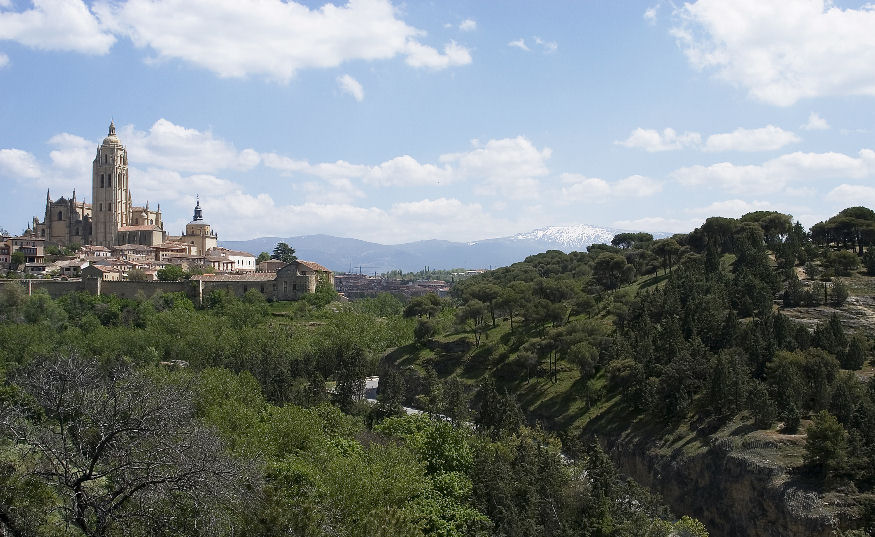
Segovia city. View of Segovia Cathedral, the ancient City Walls (8th century), and the Guadarrama mountains.
“Tell these knights and citizens of Segovia that I am Queen of Castile and this city is mine…. I need not laws nor conditions, such as they would impose, to enter into my own.”
Then with the Count of Benavente and the Cardinal of Spain, one on either side, she rode through the gate of San Juan and so the Alcazar. Behind her surged the crowd, crying death to the Marquis and his adherents. So threatening was their attitude that the Cardinal of Spain begged her for her own safety to have the doors tightly closed and barred; but she, bidding them stay within, went out alone to the top of the staircase overlooking the big courtyard. At her command the gates were flung wide, and the mob surged through them, howling and gesticulating, but at the sight of the Queen their cries died away to silence.
“My vassals, what do you seek?” she demanded, “for that which is for your good is for my service, and I am pleased that it should be done.”
One of the crowd, speaking for the rest, begged that Andres de Cabrera might no longer have command of the Alcazar.
“That which you wish, I wish also,” answered the Queen.
She then bade them go up at once to the towers and walls and drive out all who were in possession, whether of Cabrera’s following or the actual rebels who had since occupied the place.
“I will entrust it,” she added, “to one of my servants, who will guard both his loyalty to me and your honor.”
Her words put an end to the rebellion for, both Cabrera’s adherents and the insurgent leaders being suppressed, the city remained quiet, and Isabel was able to enquire into the true facts of the case. This resulted in the punishment and dismissal of various minor officials, but the Marquis of Moya, whose conduct was cleared, was restored to his responsible post.
Ierne L. Plunket, Isabel of Castile and the Making of the Spanish Nation: 1451-1504 (New York: G. P. Putnam’s Sons, 1915), 112-14.
Short Stories on Honor, Chivalry, and the World of Nobility—no. 285
